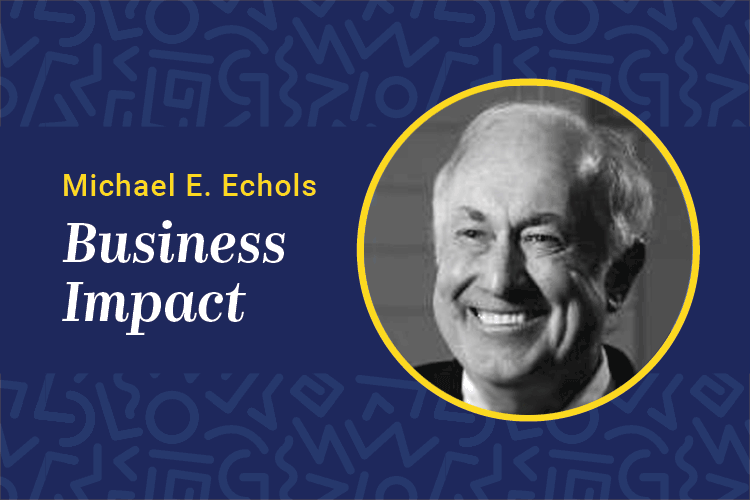
There is a gathering cloud on the horizon. I hear about this threat often while watching CNBC like many business leaders who tune in every morning for the latest in financial news.
What is the threat? It’s the often-repeated prediction that as many as 50 percent of American workers will have no economic contribution to make once artificial intelligence hits the warehouses, highways and offices of the future economy.
That may be true. But before we get to the doomsday conclusion and what it means for corporate learning, there are several issues to explore.
The first is that when it comes to forecasts about the future proceed with caution. The one truth about long-term economic forecasts is they are most often wrong. Forecasting is a perilous endeavor fraught with the hazards of reality. So when it comes to the forecast that 50 percent of workers will be made economically obsolete by artificial intelligence, here is some historical perspective.
In colonial times more than 90 percent of the U.S. population was engaged in manual labor, most of them farmers. Today, farm workers make up 1.5 percent of the labor force. That drop from 90 percent to slightly more than 1 percent is a far more draconian fall than that forecasted by even the grimmest of the artificial intelligence prognosticators. What can we learn from this case study?
If the forecasters of Colonial times were challenged to defend the 1.5 percent outcome of today, they would have considered the request itself insane. They would have been incapable of even fantasizing about such an outcome. Without knowledge of the intervening innovations between Colonial times and today, a basis for even the wildest of guesses had no foundation in fact.
A similar case has taken place over a much shorter period of time. Only a few decades ago, energy experts forecast the exhaustion of hydrocarbons in the United States. It was the end of the era of oil and gas. The forecasts were dead wrong. Today, the United States is awash in oil and gas, precisely the opposite of the forecasted outcome.
One last example relates to an infamous recommendation by the director of the U.S. Patent Office at the beginning of the 20th century. That recommendation from this esteemed civic leader? The government should close the U.S. Patent Office because everything of value had already been invented. With the forecast of nothing of possible value to be created in the future, there would be no need for the patent office. Now there is a whopper of a forecast by someone who was supposedly in the know.
But enough about the hazards of forecasting. What if the impact of artificial intelligence is in fact the destruction of 50 percent of the jobs people are currently doing? I will put my forecasting neck out there. The jobs will go away just as phone operators and secretarial positions have disappeared. But history will repeat itself. There will be lots of new opportunity created by our culture of innovation.
What will those jobs be? I have no idea. What I do know is those jobs will require new skills and capabilities that do not exist today. Just as the skill of walking behind a plow pulled by a mule was replaced by computer skills and many others, the new opportunities of the future with or without artificial intelligence will require learning to develop those new skills. That is exactly what corporate learning organizations do.
The need is clear. The only thing currently missing is the level of commitment required to make the necessary human capital investments required by the enterprise.
Here is one last forecast worthy of documentation. At the current pace of innovation and change, enterprises that fail to figure out how to deploy a human capital investment strategy are at significant risk to their very survival.
Michael E. Echols is principal and founder of Human Capital LLC and author of “Your Future Is Calling.” He can be reached at editor@CLOmedia.com.














